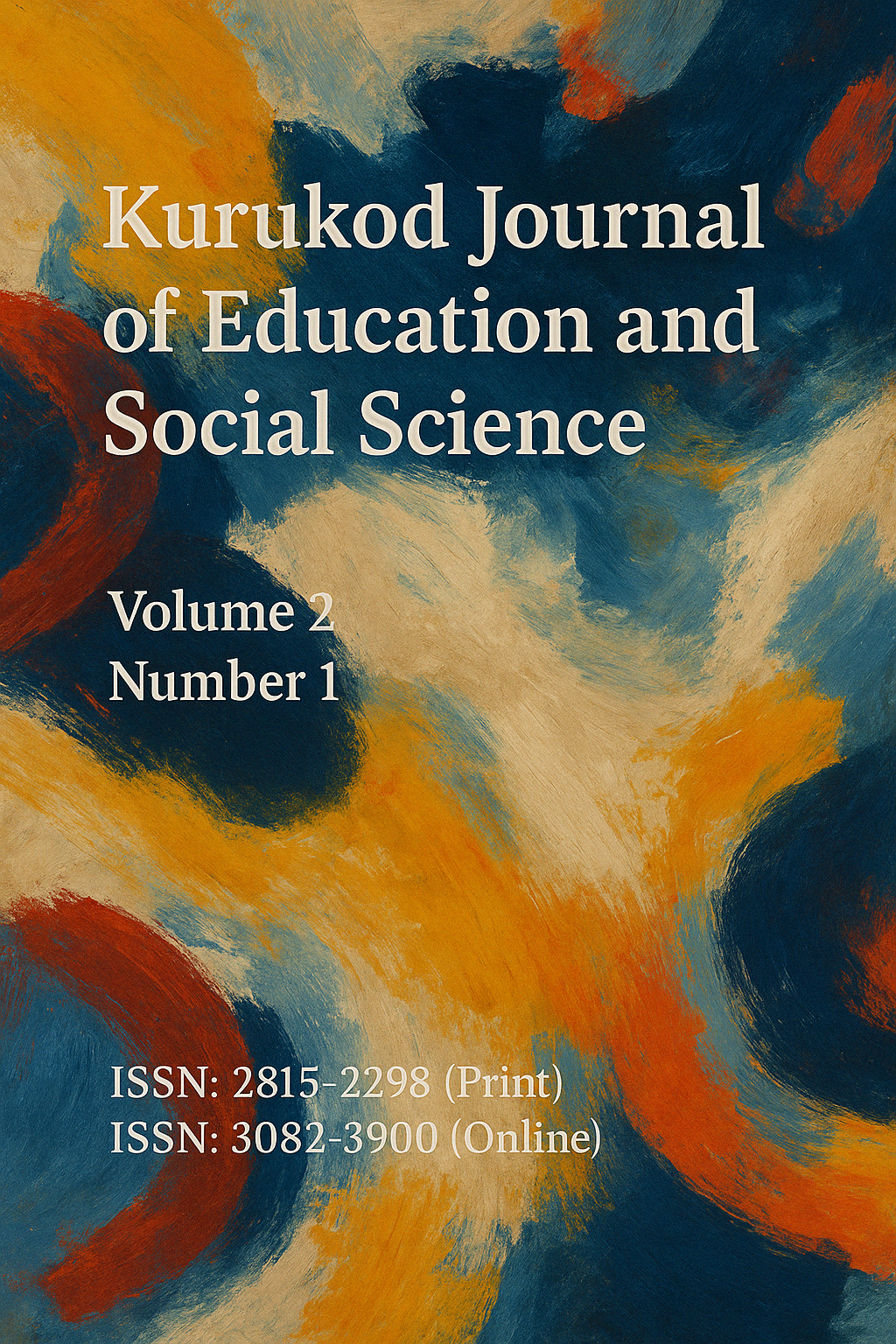Behind Bars: An In-depth Analysis of Women Prisoners in India
DOI:
https://doi.org/10.63798/kjess.2024.v2n1.0011Abstract
Female criminality has historically been overlooked, largely due to prevailing stereotypes that portray women as inherently more honest and less prone to criminal behavior. The dominant societal narrative continues to frame crime as a predominantly male phenomenon. Consequently, women who commit crimes are often marginalized, and when incarcerated, they are subjected to prison systems designed primarily for male inmates. Female prisoners face a unique set of challenges within the penal system, encompassing social, economic, cultural, physical, and psychological dimensions. Although women constitute a minority of the prison population, data indicate a concerning upward trend in female criminality. The proportion of women arrested for various crimes rose from 5.4% in 2001 to 6.2% in 2011. Despite their growing numbers, female prisoners often remain peripheral in criminological discourse, and their rights are frequently violated within systems that fail to account for gender-specific needs and experiences. Long-term incarceration tends to reinforce and magnify the oppressive mechanisms that women already endure in broader society. Understanding how women experience imprisonment—especially long sentences—requires a recognition of the abuse many have endured in their communities, as well as the emotional and biographical contexts that shape their lives. Importantly, incarceration does not strip individuals of their human rights. As affirmed in the Universal Declaration of Human Rights (1948), limitations on a prisoner’s rights must align with the principles of morality, public order, and the general welfare in a democratic society. This paper employs both qualitative and quantitative methods to examine the lived experiences of female convicts. It aims to challenge the notion that criminality is inherently masculine by centering on the voices and narratives of incarcerated women. In doing so, it sheds light on their vulnerabilities, institutional struggles, and the broader neglect of their rights and realities in both academic and policy discussions.
Downloads
References
Ahuja, R. (2000). Criminology. Rawat Publications.
Feminism in India. (2024, February 14). The horrors that follow imprisonment: Women prisoners sexually abused and impregnated while in custody. https://feminisminindia.com/2024/02/14/the-horrors-that-follow-imprisonment-women-prisoners-sexually-abused-and-impregnated-while-in-custody/
FutureLearn. (n.d.). Lombroso and the 'criminal type'. https://www.futurelearn.com/info/courses/australian-crime/0/steps/145050
Hartjen, C. A. (1997). The criminality of women and girls in India. International Journal of Comparative and Applied Criminal Justice, 21(2), 287–303. https://doi.org/10.1080/01924036.1997.9678600
International Planned Parenthood Federation (IPPF). (2019, August 8). Beauty behind bars: Life after prison for women in India [Video]. YouTube. https://www.youtube.com/watch?v=G6Uyq5of7m0
Jyoti, D., & Nair, R. (2017, July 26). Tales from former inmates: What life is like in a women's jail in India. Hindustan Times. https://www.hindustantimes.com/india-news/tales-from-former-inmates-what-life-is-like-in-a-women-s-jail-in-india/story-UBBSj0N5yz2VskZpqgGiLK.html
Kaushik, A., & Sharma, K. (2009). Human rights of women prisoners in India: A case study of Jaipur Central Prison for Women. Indian Journal of Gender Studies, 16(2), 253–271. https://doi.org/10.1177/097152150901600205
Khan, A. (2017, June 29). Byculla prison incident and the treatment of women convicts. Feminism in India. https://feminisminindia.com/2017/06/29/byculla-prison-manjula-shetye/
Kulkarni, P. (2019, March 15). 'Take out the insects from your food and eat it': Women political prisoners recount jail horror stories. Feminism in India. https://feminisminindia.com/2019/03/15/women-political-prisoners-jail-horror/
Mili, P. M. K., Perumal, R., & Cherian, N. S. (2015). Female criminality in India: Prevalence, causes and preventive measures. International Journal of Criminal Justice Sciences, 10(1), 65–76.
Ministry of Women & Child Development. (2018, June 5). Women in prisons India. https://wcd.nic.in/sites/default/files/Prison%20Report%20Compiled.pdf
Mohanty, M. (2013). Behavioural syndrome of women prisoners in India. The Indian Journal of Political Science, 74(4), 639–648.
National Crime Records Bureau (NCRB). (2021). Prison statistics India 2021. https://ncrb.gov.in/sites/default/files/PSI-2021/Executive_ncrb_Summary-2021.pdf
Natu, N., & Narayan, V. (2022, April 15). Maha among six states where women in jails exceed capacity. The Times of India. https://timesofindia.indiatimes.com/city/mumbai/maha-among-six-states-where-women-in-jails-exceed-capacity/articleshow/90767523.cms
Pachauri, S. K. (1999). Prisoners and human rights. A.P.H. Publishing Corporation.
Pattanaik, J. K., & Mishra, N. N. (2001). Social change and female criminality in India. Social Change, 31(3), 103–110. https://doi.org/10.1177/004908570103100308
Prakash, B. (2022). Challenges faced by women prisoners in India, in contradiction to Article 21. https://doi.org/10.13140/RG.2.2.18849.07522
Punwani, J. (2022, June 17). Women, incarcerated: How women fare in Indian jails. Mint Lounge. https://lifestyle.livemint.com/news/big-story/women-incarcerated-how-women-fare-in-indian-jails-111655394090718.html
Saxena, V., Jain, M., Tiwari, V., Torwane, N., Aparna, & Ankita. (2016). Dental care seeking behaviour among female jail inmates of Bhopal city—a cross-sectional survey. Journal of Oral Health and Community Dentistry, 10(2), 117–121.
Sen, J. (2021, March 8). 'Buzz of a mosquito… but with the sound of grief': The lives of India's women prisoners. The Wire. https://thewire.in/women/india-women-prisoners-rights
Swesthiga, K., & Sahoo, G. (2022). Theories of female criminality in India. International Journal of Advances in Engineering and Management, 4(8), 368–372. https://doi.org/10.35629/5252-0408368372
The Hindu. (2023, June 28). Menstrual hygiene in Indian prisons explained. https://www.thehindu.com/sci-tech/health/menstrual-hygiene-in-indian-prisons-explained/article68222812.ece
Downloads
Published
Issue
Section
License
Copyright (c) 2024 Kurukod Journal of Education and Social Science

This work is licensed under a Creative Commons Attribution-NonCommercial-NoDerivatives 4.0 International License.





